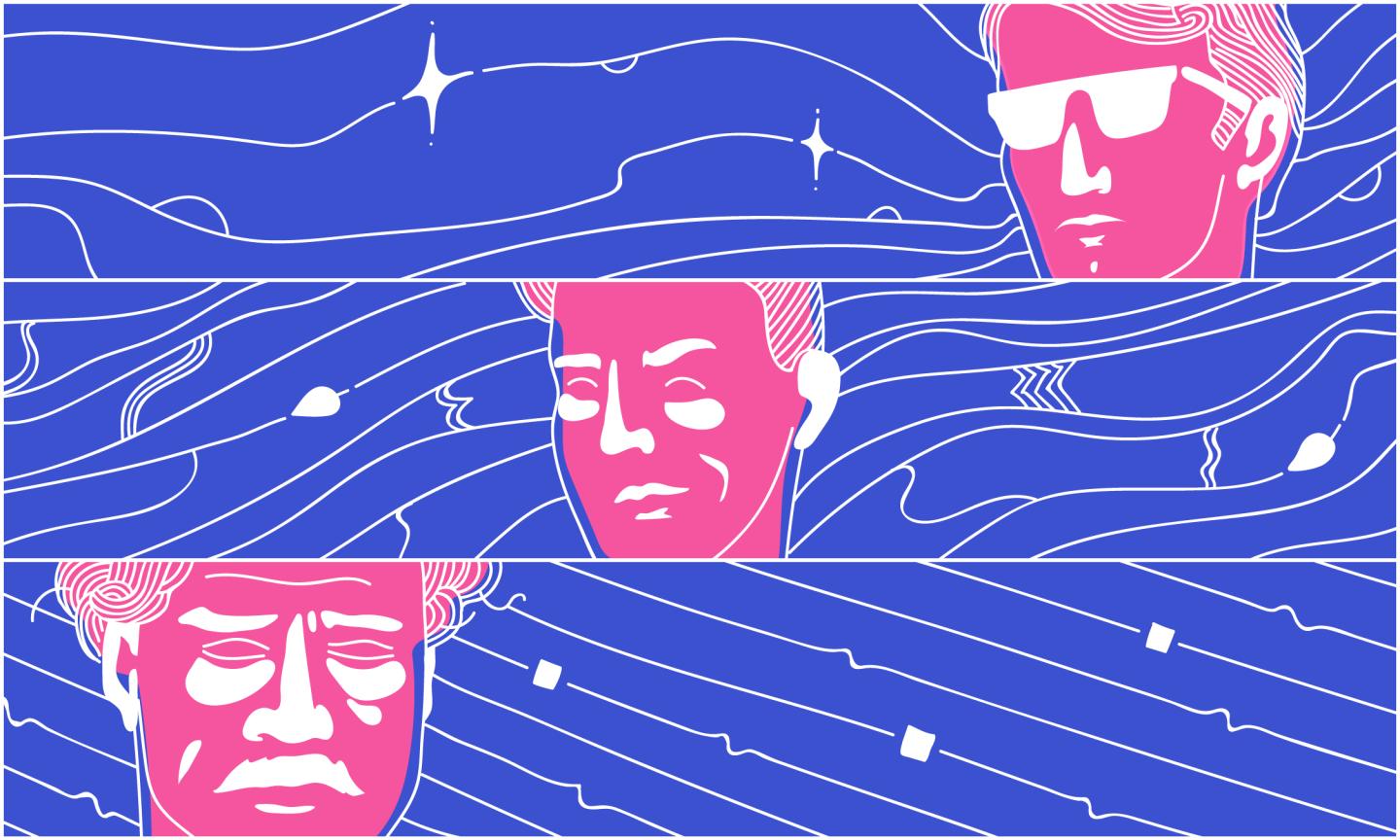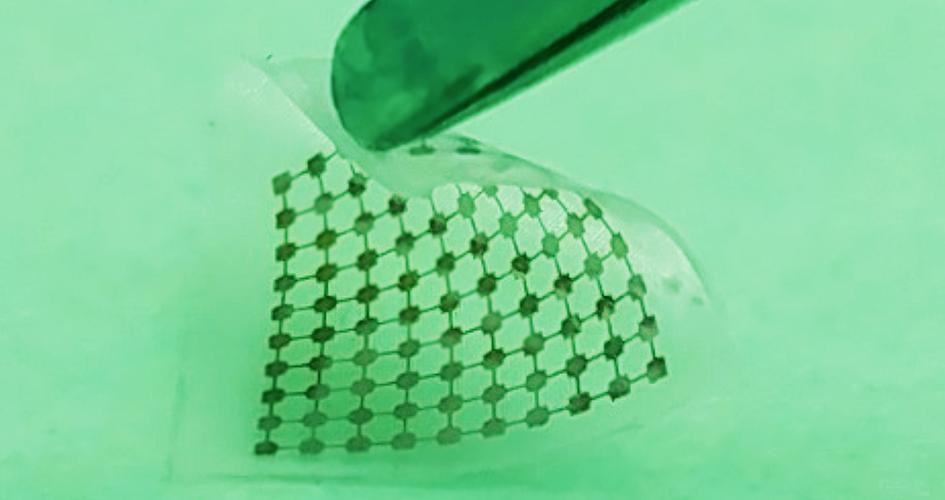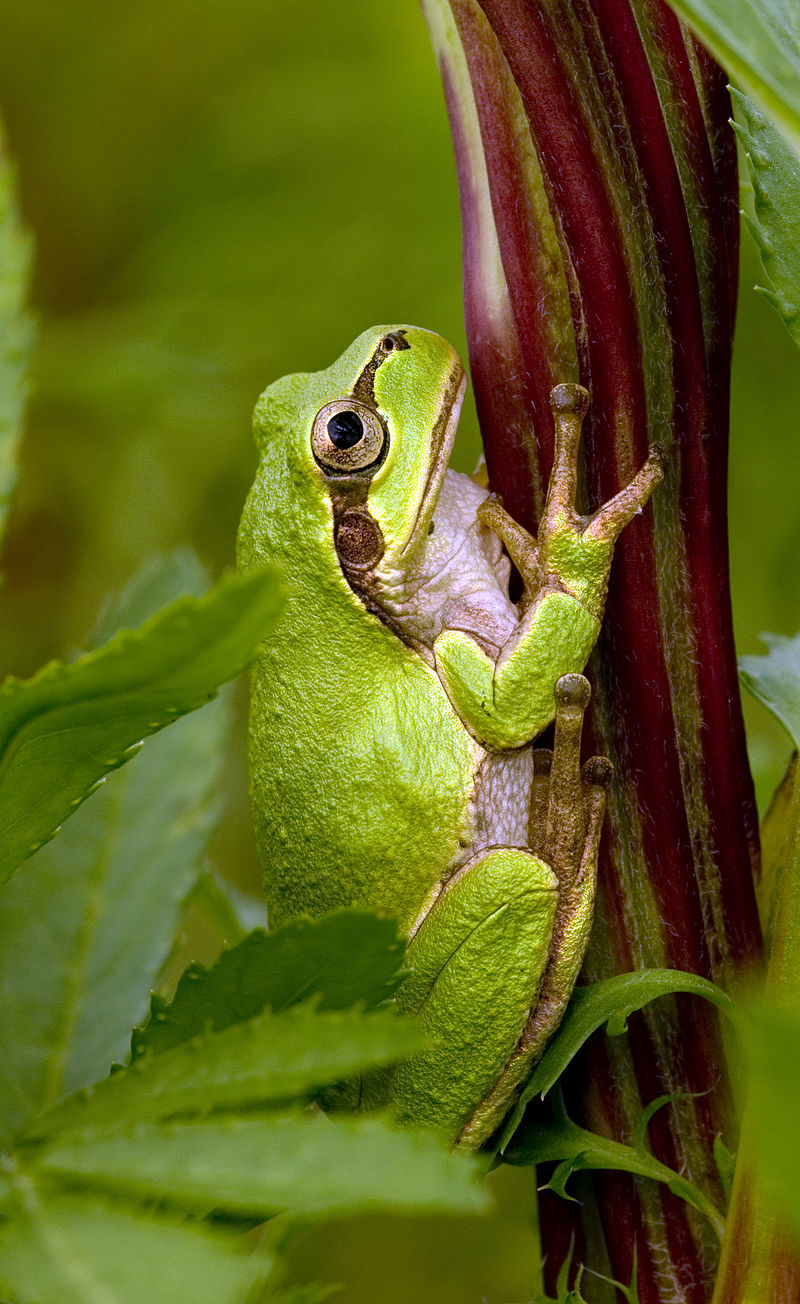Understanding the concept of zero—I still remember climbing that mountain, so to speak. It took the teacher quite a while to convince me that representing ‘nothing’ as a zero was worthwhile. In fact, it took the combined efforts of both my parents and the teacher to convince me to use zeroes as I was prepared to go without. The battle is long since over and I have learned to embrace zero.
I don’t think bees have to be convinced but they too may have a concept of zero. More about that later, here’s the latest abut bees and math from an October 10, 2019 news item on phys.org,
Start thinking about numbers and they can become large very quickly. The diameter of the universe is about 8.8×1023 km and the largest known number—googolplex, 1010100—outranks it enormously. Although that colossal concept was dreamt up by brilliant mathematicians, we’re still pretty limited when it comes to assessing quantities at a glance. ‘Humans have a threshold limit for instantly processing one to four elements accurately’, says Adrian Dyer from RMIT University, Australia; and it seems that we are not alone. Scarlett Howard from RMIT and the Université de Toulouse, France, explains that guppies, angelfish and even honeybees are capable of distinguishing between quantities of three and four, although the trusty insects come unstuck at finer differences; they fail to differentiate between four and five, which made her wonder. According to Howard, honeybees are quite accomplished mathematicians. ‘Recently, honeybees were shown to learn the rules of “less than” and “greater than” and apply these rules to evaluate numbers from zero to six’, she says. Maybe numeracy wasn’t the bees’ problem; was it how the question was posed? The duo publishes their discovery that bees can discriminate between four and five if the training procedure is correct in Journal of Experimental Biology.
An October 10, 2019 The Company of Biologists’ press release on EurekAlert, which originated the news item, refines the information with more detail,
Dyer explains that when animals are trained to distinguish between colours and objects, some training procedures simply reward the animals when they make the correct decision. In the case of the honeybees that could distinguish three from four, they received a sip of super-sweet sugar water when they made the correct selection but just a taste of plain water when they got it wrong. However, Dyer, Howard and colleagues Aurore Avarguès-Weber, Jair Garcia and Andrew Greentree knew there was an alternative strategy. This time, the bees would be given a bitter-tasting sip of quinine-flavoured water when they got the answer wrong. Would the unpleasant flavour help the honeybees to focus better and improve their maths?
‘[The] honeybees were very cooperative, especially when I was providing sugar rewards’, says Howard, who moved to France each April to take advantage the northern summer during the Australian winter, when bees are dormant. Training the bees to enter a Y-shaped maze, Howard presented the insects with a choice; a card featuring four shapes in one arm and a card featuring a different number of shapes (ranging from one to 10) in the other. During the first series of training sessions, Howard rewarded the bees with a sugary sip when they alighted correctly before the card with four shapes, in contrast to a sip of water when they selected the wrong card. However, when Howard trained a second set of bees she reproved them with a bitter-tasting sip of quinine when they chose incorrectly, rewarding the insects with sugar when they selected the card with four shapes. Once the bees had learned to pick out the card with four shapes, Howard tested whether they could distinguish the card with four shapes when offered a choice between it and cards with eight, seven, six or – the most challenging comparison – five shapes.
Not surprisingly, the bees that had only been rewarded during training struggled; they couldn’t even differentiate between four and eight shapes. However, when Howard tested the honeybees that had been trained more rigorously – receiving a quinine reprimand – their performance was considerably better, consistently picking the card with four shapes when offered a choice between it and cards with seven or eight shapes. Even more impressively, the bees succeeded when offered the more subtle choice between four and five shapes.
So, it seems that honeybees are better mathematicians than had been credited. Unlocking their ability was simply a matter of asking the question in the right way and Howard is now keen to find out just how far counting bees can go.
I’ll get to the link to and citation for the paper in a minute but first, I found more about bees and math (including zero) in this February 7, 2019 article by Jason Daley for The Smithsonian (Note: Links have been removed),
Bees are impressive creatures, powering entire ecosystems via pollination and making sweet honey at the same time, one of the most incredible substances in nature. But it turns out the little striped insects are also quite clever. A new study suggests that, despite having tiny brains, bees understand the mathematical concepts of addition and subtraction.
To test the numeracy of the arthropods, researchers set up unique Y-shaped math mazes for the bees to navigate, according to Nicola Davis at the The Guardian. Because the insects can’t read, and schooling them to recognize abstract symbols like plus and minus signs would be incredibly difficult, the researchers used color to indicate addition or subtraction. …
Fourteen bees spent between four and seven hours completing 100 trips through the mazes during training exercises with the shapes and numbers chosen at random. All of the bees appeared to learn the concept. Then, the bees were tested 10 times each using two addition and two subtraction scenarios that had not been part of the training runs. The little buzzers got the correct answer between 64 and 72 percent of the time, better than would be expected by chance.
…
Last year, the same team of researchers published a paper suggesting that bees could understand the concept of zero, which puts them in an elite club of mathematically-minded animals that, at a minimum, have the ability to perceive higher and lower numbers in different groups. Animals with this ability include frogs, lions, spiders, crows, chicken chicks, some fish and other species. And these are not the only higher-level skills that bees appear to possess. A 2010 study that Dyer [Adrian Dyer of RMIT University in Australia] also participated in suggests that bees can remember human faces using the same mechanisms as people. Bees also use a complex type of movement called the waggle dance to communicate geographical information to one other, another sophisticated ability packed into a brain the size of a sesame seed.
If researchers could figure out how bees perform so many complicated tasks with such a limited number of neurons, the research could have implications for both biology and technology, such as machine learning. …
…
Then again, maybe the honey makers are getting more credit than they deserve. Clint Perry, who studies invertebrate intelligence at the Bee Sensory and Behavioral Ecology Lab at Queen Mary University of London tells George Dvorsky at Gizmodo that he’s not convinced by the research, and he had similar qualms about the study that suggested bees can understand the concept of zero. He says the bees may not be adding and subtracting, but rather are simply looking for an image that most closely matches the initial one they see, associating it with the sugar reward. …
If you have the time and the interest, definitely check out Daley’s article.
Here’s a link to and a citation for the latest paper about honeybees and math,
Surpassing the subitizing threshold: appetitive–aversive conditioning improves discrimination of numerosities in honeybees by Scarlett R. Howard, Aurore Avarguès-Weber, Jair E. Garcia, Andrew D. Greentree, Adrian G. Dyer. Journal of Experimental Biology 2019 222: jeb205658 doi: 10.1242/jeb.205658 Published 10 October 2019
This paper is behind a paywall.






